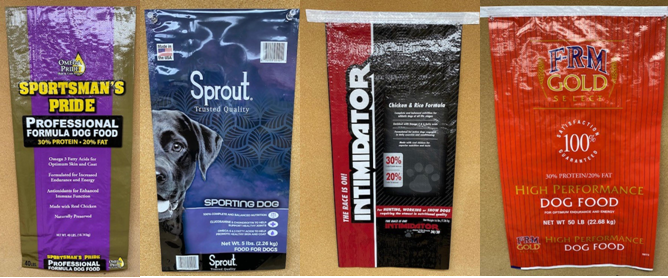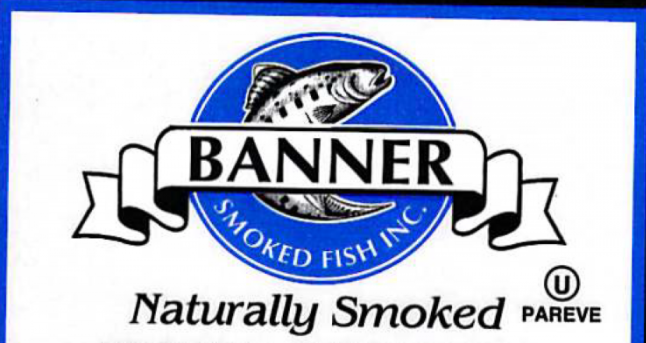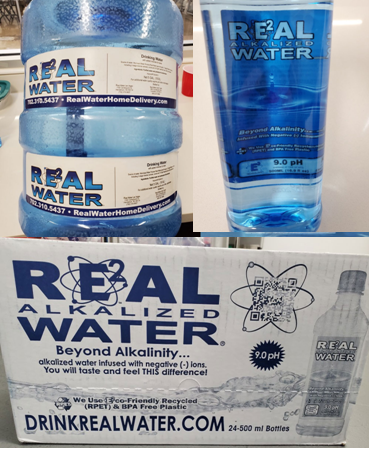The FDA reported that Sunshine Mills, Inc. recalled certain dog food products because of the potential to be contaminated with Salmonella. No illnesses, injuries, or complaints have been reported to date. The potential for contamination was noted after Sunshine mills was notified by the distributor, Fleet Wholesale Supply Company, informed by the Minnesota Department of Agriculture when a sample of 5 lbs. Sprout Sporting Dog Food product was collected and tested positive for Salmonella during routine surveillance. The recalled products include Sportsman’s Pride Professional Formula 30/20 Dog Food, Sprout Sporting Dog Food, Intimidator Chicken & Rice Formula Dog Food 30/20, and FRM Gold Select High Performance Dog Food. @ https://www.fda.gov/safety/recalls-market-withdrawals-safety-alerts/sunshine-mills-inc-issues-voluntary-recall-certain-dog-food-products-because-possible-salmonella?utm_medium=email&utm_source=govdelivery
ruth
Sunshine Mills, Inc. is issuing a voluntary recall of certain dog food products because of the potential to be contaminated with Salmonella. No illnesses, injuries or complaints have been reported to date. The potential for contamination was noted after the firm was notified by the distributor, Flee
ruth
Banner Smoked Fish, Inc. (Brooklyn, NY) recalled SMOKED FISH of all products within expiry, in all package sizes, all package types and all lots. The recall is because the products have the potential to be contaminated with Listeria monocytogenes. The recalled smoked fish were distributed through retails and distributions, also online purchasing in NY, NJ, IL, PA, CA, FL, NE, AZ, MA, MD, VA, NV, OR, WI, NC, SC, and GA area. There are over 40 different products such as Barbeque Spiced Smoked Nova Salmon, Brook Trout, Smoked Nova Salmon, Lox Trimmings, Mackerel, Nova Atlantic Salmon, Nova Homarus, Presliced Pastrami Style Salmon, Smoked Trout, Somga and Whitefish. The product comes in various sizes in both air pack and vacuum packages. The products were found to be processed under unsanitary condition. The problem was discovered through FDA routine inspection. No illnesses have been reported to date in connection with this problem. @ https://www.fda.gov/safety/recalls-market-withdrawals-safety-alerts/banner-smoked-fish-recalls-smoked-fish-products-because-possible-health-risk
Banner Smoked Fish, Inc. of Brooklyn, NY is voluntarily recalling its SMOKED FISH (product names and photos of labels are listed below) of all products within expiry, in all package sizes, all package types and all lots. The recall is because the products have the potential to be contaminated with L
ruth
The U.S. Department of Agriculture’s Food Safety and Inspection Service (FSIS) is issuing a public health alert due to concerns about illnesses caused by Salmonella Enteritidis that may be associated with frozen, raw, breaded, and pre-browned, stuffed chicken products. The products are labeled “chicken cordon bleu,” chicken with “broccoli and cheese,” or “chicken Kiev.” Cases have been identified with illness onset dates ranging from February 21, 2021, to May 7, 2021. The Minnesota Department of Agriculture collected frozen, raw, breaded, stuffed chicken products from a retail store, and the raw product samples tested positive for the outbreak strain of Salmonella Enteritidis. FSIS did not request a recall because they could not connect the positive lot to the patients. The CDC investigation showed that as of June 2, 2021, 17 people infected with the outbreak strain of Salmonella Enteritidis had been reported from 6 states (Arizona, Minnesota, Indiana, Indiana, Michigan, and New York). Eight patients have been hospitalized. The outbreak strain of Salmonella was found in 2 samples of Kirkwood’s Chicken Cordon Bleu.
ruth
The FDA announced that Real Water Inc., a Nevada-based bottled water manufacturer, agreed to cease operations until they comply with the Federal Food, Drug, and Cosmetic Act (FD&C Act) and other requirements listed in a consent decree. On June 1, U.S. District Judge Jennifer A. Dorsey entered a consent decree of permanent injunction between Real Water and its principles. The consent decree requires defendants to cease operations until they complete corrective actions. “We are committed to preventing harmful products from entering the nation’s food supply, and we will take enforcement action when a company fails to follow the law,” said FDA Associate Commissioner for Regulatory Affairs Judy McMeekin, Pharm.D. “The FDA, together with our federal counterparts at the U.S. Department of Justice (DOJ), aggressively pursued this injunction, and we will continue to take swift action to protect consumers.”The complaint by DOJ accuses the company of failing to meet CGMP requirements and producing products under unsanitary conditions. The product caused 16 cases of acute non-viral hepatitis in adults, including one death of a woman with underlying medical conditions. Under the consent decree, defendants may not resume operations until they establish and implement procedures that are adequate to ensure continuing compliance with CGMP and preventive controls requirements and receive authorization from the FDA. @ https://www.fda.gov/news-events/press-announcements/nevada-based-bottled-water-manufacturer-agrees-stop-production-failure-comply-manufacturing?utm_medium=email&utm_source=govdelivery
Real Water Inc agrees to cease operations



